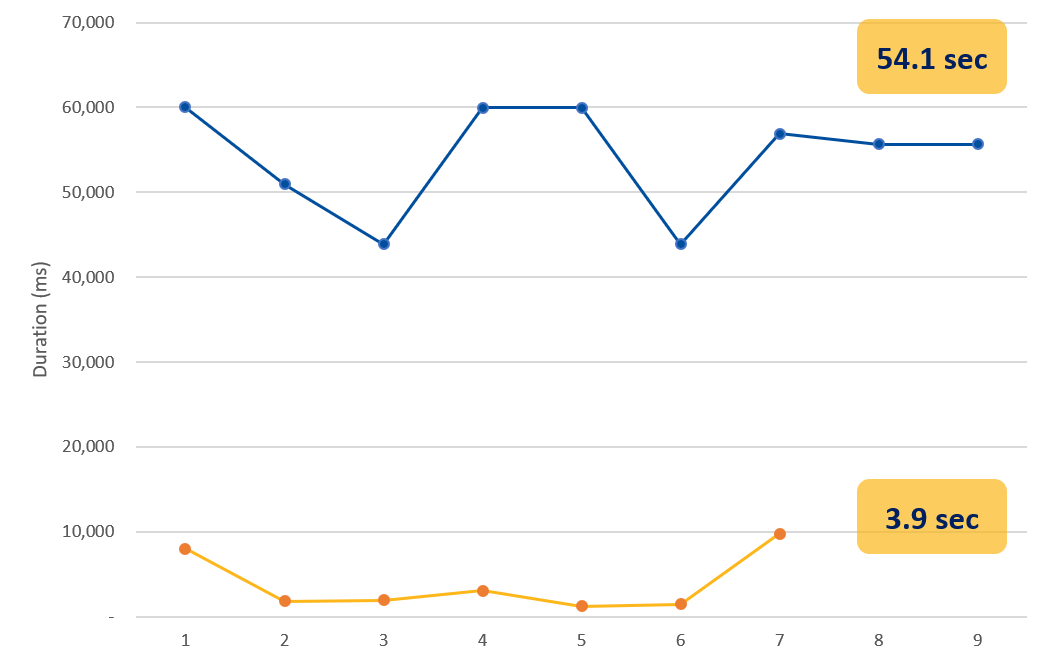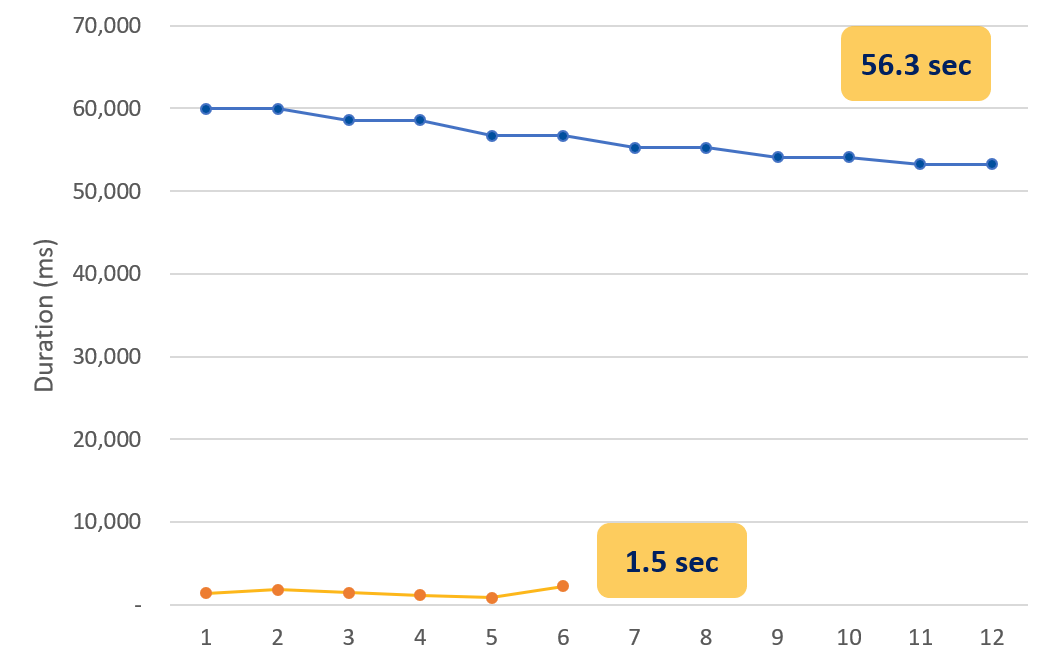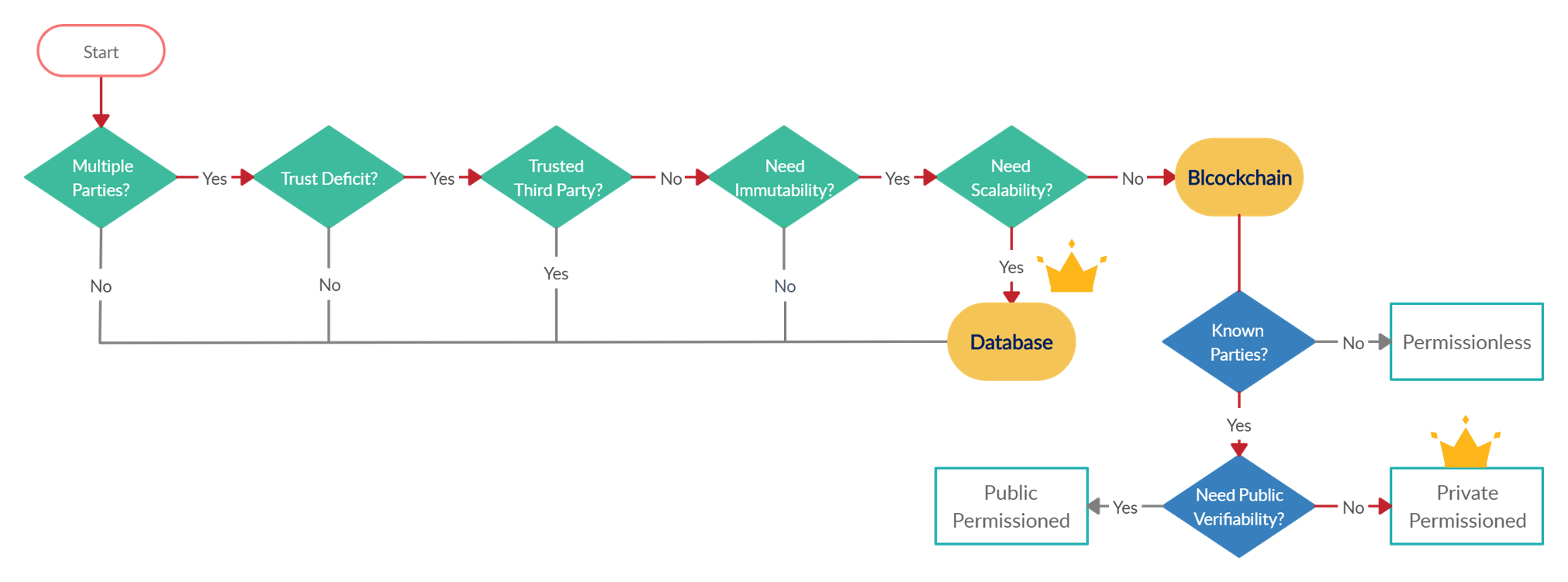Is Blockchain a Better Solution for Managing Health Data?
Ke-Yun Yeh
Master of Science in Information Science
Specialization in Database & Web Systems
University of Pittsburgh
School of Computing and Information
Project Overview
I. Problem
Due to the delayed maintenance by healthcare providers, it is commonly complained that the access to medical data is fragmented and slow. Plus, there is a barrier among different healthcare providers and hospital systems that makes the coordination even more difficult. According to Director of Center for Biomedical Informatics (CBMI), Shaun Grannis, 1/5 of patient records are not accurately matched even within the same healthcare system and 1/2 of patient records are mismatched when data is transferred between healthcare systems due to the lack of universally recognized patient identifier. As time goes by, how to interoperate their systems has become a problem. And the result, the scatter of medical data, blocks the progress of research and industrial innovation.
Blockchain, a platform facilitating the interactions among multiple stakeholders through the use of shared ledgers, is decentralized, transparent, and authenticated. It has been widely viewed as a potential solution for coordinating workflows that involve different parties to securely share and exchange healthcare data among healthcare providers, insurers, and especially patients. While it is suggested that “patient participation and involvement has become a corner-stone of modern medical practice” (Engelhardt, 2017, p.22), the volume of Blockchain research showed a sharp rise in the past few years. However, the benefits of implementing blockchain into the healthcare information system are not proved to be strictly better than the current approach, a centralized database. Some even called into question: "Is private Blockchain just a confusing name for a shared/replicated database?"
Thus, through literature reviews and implemented and evaluated the performance of a Blockchain application based on sawtooth-healthcare, an open-resource project from the Hyperledger Labs, my project aims to answer the question: Is blockchain a better solution for managing health data?
II. Approach
[ Introduction of Hyperledger Sawtooth ]Since health data contains a considerable amount of sensitive personal information, it needs to be treated rigorously only by authorized parties. Hyperledger Sawtooth which is developed particularly for permissioned/private and enterprise networks could be a great start point to investigate how Blockchain might benefit the healthcare data management. Sawtooth is also a developer-friendly application that’s highly modular, which simplifies blockchain application development with pluggable consensus algorithms and transaction rules.
[ Implementation of Sawtooth-Healthcare ]For the evaluation of how Blockchain works in the context of healthcare field, I implemented sawtooth-healthcare , an open-resource project from the Hyperledger Labs. Sawtooth-Healthcare focuses on the interaction between the healthcare providers, insurers, and patients. It covers data gathering flow and manages data access based on the client’s role. I set up and compiled 3 VMs to assign them as the patient, the doctor and the insurance company who can communicate with each other respectively. I chose PoET (Proof of Elapsed Time) for consensus. PoET is a leader-election lottery that the validator with the shortest assigned waiting time becomes the leader. This way, it takes less time to reach consensus, which makes the system more scalable and works better for large networks.
Besides using command line service to perform basic operations, I also configured the rest-api to enable users to commit following functions through the web interface:
- Register new users: Patient, Doctor, Clinic Desk, Lab and Insurance
- Read lists: Clinics, Doctors, Patients, Labs, Insurance, Invoice
- Read and Add records: Lab Test, Pulse, Contract, Claims
- Patient allows/revokes consent to access his data by Clinic Desk/Doctor
I collected multiple metrics generated through transactions to evaluate its performance, such as duration (the time it takes to complete a transaction), memory usage, CPU usage and network traffic.
- Duration for GET
I ran the test to read lists for 20 times. The average time for a single read is around 30 seconds and there are 2 obvious trends: one group of reads takes 54.1 seconds in average while the other group takes 3.9 seconds. The difference is due to the size of the list accessed . As you can imagine that there would be more patients than insurers, the size of patient list would be larger and thus takes longer to query.

- Duration for POST
I ran the test to add records for 20 times. There are 2 test plans: (1) The doctors/insurers add records for patients; (2) The patients add records for themselves. The average time for a single write is around 30 seconds and there are again 2 obvious trends: test plan (1) takes 56.3 seconds in average while test plan (2) takes 1.5 seconds. It takes more time for doctors/insurers to add records for patients since they’ll need to wait for patients’ consent before the records could be saved successfully. In contrast, patients are authorized to add their own records (lab test and pulse) by system setting.

Overall, the performance, the time Sawtooth takes to commit the transactions, as well as its consumption of computing resource are relatively competitive comparing to public Blockchain.

III. Results
Finally, I summarized the comparison between Blockchain and the centralized database in the below chart.
- Throughput: The most-mentioned concern about Blockchain is its performance and long duration to commit the transaction. For Sawtooth specific, it is tested that throughput significantly improved when the specifications of the VM increase (Shi, Z. et al, 2019). Permissioned Blockchain also improves platform throughput by adopting more efficient consensus algorithms like PoET.
- Fault-Tolerance: A centralized database has a higher probability of single point of failure since there’s only one admin to maintain the system. Meanwhile, all nodes in the Blockchain network have a copy of transactions, which makes the system much more fault-tolerant.
- Data Integrity: The data that the Blockchain stores is more immutable since the blocks are append-only. It’s easier to track data and verify its integrity in the Blockchain network.
- Security/Privacy: According to Krawiec et al. (2016), a blockchain solution could address the HIPAA Privacy Rule by separating and encrypting identity, personally identifiable information (PII), and protected health information (PHI) into segregated entities. More approaches are also proposed to tackle this issue. For example, professor Yue has demonstrated an architecture of Health Data Gateway (HDG) that enables privacy-aware data access and guarantees patients’ privacy (Yue et al., 2016).

It seems that a permissioned Blockchain is almost comparable to a centralized database. Then, when should we use Blockchain instead of a centralized database? There are 3 factors we need to take into consideration:
- Stakeholder: How many parties are involved in your network? Do they trust each other? Is there any trusted third-party that they can rely on? Do they want a third-party to be the coordinator? (Do we want the system to be centralized or decentralized?)
- Data Requirement: What type of data should be stored? Should the record of transactions be immutable?
- System Requirement: How scalable should the system be? Is performance a big concern? Is latency endurable?
I came up with this decision tree to evaluate whether Blockchain is something we should consider when developing an application mainly based on paper Blockchain Versus Database: A Critical Analysis. As for which kind of Blockchain we should use, it depends on whether we know all parties in the network and if we want everyone in the network to verify the transactions.

Based on the decision tree, let’s go back to my question Is blockchain a better solution for managing health data? now. In a healthcare network, there are multiple parties and usually they don’t fully trust each other. Let’s also assume that we don’t trust the government or any other third-party to centrally manage the EHR for us. To monitor prescriptions and consolidate clinical trials, the doctors need the whole medical history of his patients, which means the data needs to be immutable. Lastly, the key question: how scalable does the system need to be? If this system is for clinical use, we’ll want the data to be updated as synchronized as possible and any delay could be disastrous. But if this system is used for collecting thorough personal biomarkers to enhance the research data pool, then Blockchain could be a better way to handle the data exchange across the networks.
IV. Conclusion & Future Work
As discussed above, the future of medical information system is likely to be a combination of permissioned Blockchain and database like MedRec (Azaria, A., 2016) to cover both practical and research usage. To sum up, in general, if there are more than 1 administrative authority in the network and you need your system to be fault-tolerant and provides data integrity, Blockchain is the thing you should keep in mind when designing your system.
Project Materials
References
- Azaria, A., Ekblaw, A., Vieira, T. and Lippman, A. (2016). MedRec: Using blockchain for medical data access and permission management. 2016 2nd International Conference on Open and Big Data (OBD), pp. 25-30.
- Cardon, D. (2014). Healthcare databases: Purpose, strengths, weaknesses.
- Chowdhury, M. J. M., Colman, A., Kabir, M. A., Han, J. & Sarda, P. (2018). Blockchain versus database: A critical analysis. 2018 17th IEEE International Conference On Trust, Security And Privacy In Computing And Communications/ 12th IEEE International Conference On Big Data Science And Engineering (TrustCom/BigDataSE), pp. 1348-1353.
- Cyran, M. (2018). Blockchain as a foundation for sharing healthcare data. Blockchain in Healthcare Today, 1. doi: 10.30953/bhty.v1.13
- Dimitrov D. V. (2019). Blockchain applications for healthcare data management. Healthcare informatics research, 25(1), 51–56. https://doi.org/10.4258/hir.2019.25.1.51 Engelhardt, M. A. (2017). Hitching healthcare to the chain: An introduction to blockchain technology in the healthcare sector. Technology Innovation Management Review, 7(10), 22-34.
- Institute of Medicine (US) Committee on Regional Health Data Networks; Donaldson MS, Lohr KN, editors. Health Data in the Information Age: Use, Disclosure, and Privacy. Washington (DC): National Academies Press (US); 1994. 2, Health Databases and Health Database Organizations: Uses, Benefits, and Concerns. Available from: https://www.ncbi.nlm.nih.gov/books/NBK236556/
- Krawiec, R., Housman, D., White, M., Filipova, M., Quarre, F., Barr, D., … Tsai, L. (2016). Blockchain: Opportunities for health care. Stamford: Deloitte Development LLC.
- Kuo, T., Rojas, H. Z. & Ohno-Machado, L. (2019). Comparison of blockchain platforms: A systematic review and healthcare examples. Journal of the American Medical Informatics Association, 26(5), 462–478. https://doi.org/10.1093/jamia/ocy185
- Olson, K., Bowman, M., Mitchell, J., Amundson, S., Middleton, D., Montgomery, C. (2018). Sawtooth: An introduction.
- Qi, X., Emmanuel, S., Kwame, S., Jianbin, G., Xiaojiang, D. & Mohsen, G. (2017). MeDShare: Trust-less medical data sharing among cloud service providers via blockchain. IEEE Access, PP. 1-1. 10.1109/ACCESS.2017.2730843.
- Shi, Z., Zhou, H., Hu, Y., Surbiryala, J., de Laat, C., & Zhao, Z. (2019). Operating permissioned blockchain in clouds: A performance study of Hyperledger Sawtooth. 2019 18th International Symposium on Parallel and Distributed Computing (ISPDC), pp. 50-57. http://doi.org/10.1109/ISPDC.2019.00010
- Wust, K., Gervais, A.: Do you need a blockchain? IACR Cryptology ePrint Archive 2017(2017) 375.
- Yue, X., Wang, H., Jin, D., Li, M., & Jiang, W. (2016). Healthcare data gateways: Found healthcare intelligence on blockchain with novel privacy risk control. Journal of Medical Systems, 40(10), 1-8.